We’ve recently got a whole range of amazing new pens in the shop, and we’ve had a lot of fun experimenting! Pilot Pintor water based paint pens are so versatile and can be applied to almost any surface they come in two tip sizes: medium and fine, and a wide range of 24 vibrant colours including metallic and pastel shades.
Basics:
- To prime the tip, shake the pen about 20 times prior to use (with the cap on firmly) and then press the tip of the pen 3-4 times onto paper until the ink flows.
- These pens are not refillable
- Store pen with tip facing upwards
- To avoid getting paint on your iron whilst fixing the designs (for some materials see reverse), use a scrap piece of fabric OR grease proof paper between the iron and your creation.
- We have found that the Black pen tends to spread more than the other colours. The metallic range of pens does appear to spread the least.
Drawing on different materials:
Porcelain/ Glass & Frosted Glass – for best results apply 2 coats; allow the first coat to dry before applying the second. Once you have completed the design put the item in the oven at 160C for 50 minutes. Best compatibility with metallic colours.
100% Cotton/ Linen– apply 1 coat smoothly, Iron at low temperature without steam to fix the design. The ink will sink in easily and will spread because of the fabrics fibres. However we at Tudor Rose Patchwork have had great success applying this product to cotton and other fabrics. We do advise using a piece of paper behind the fabric to ensure you do not mark any other surfaces.
Polyester/ Satin Fabric– apply 1 coat smoothly. The ink will sink in easily and will spread because of the fabrics fibres. We at Tudor Rose Patchwork have found that on this fabric the ink tends to spread more than with other fabrics. We do advise using a piece of paper behind the fabric to ensure you do not mark any other surfaces.
Glitter Film – These pens can be used in conjunction with the Glitter film range. Apply 1 coat and allow to dry on its own for a few minutes before re-ironing to fix the design.
Popeline/ Delicate Fabric –To avoid blotting trace contours and colour progressively with the tip of the pen. We do advise using a piece of paper behind the fabric to ensure you do not mark any other surfaces.
Leather – Apply 2 coats for best vibrancy and coverage.
Blackboard – The marker will apply easily to blackboards. The marker will not be permanent on a blackboard and can be washed off easily using a wet sponge and lukewarm water. However if the blackboard is damaged or scratched it may be more difficult to remove.
Metal / Plastic – Apply 2 layers, allow the first layer to dry before going over it.
Wood – Sand down the wood beforehand to ensure a smooth surface.
Polystyrene/ Paper / Card – Apply 1-2 layers dependant on desired vibrancy, no fixing required.
Mineral / Stone – Apply 1-2 layers dependant on desired colour vibrancy. If this is for outdoor use apply varnish to finish.
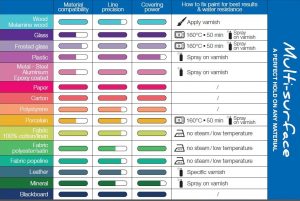
You can find some great tutorials over on the Pilot Pinter website, and don’t forget to check out our range of colours 🙂


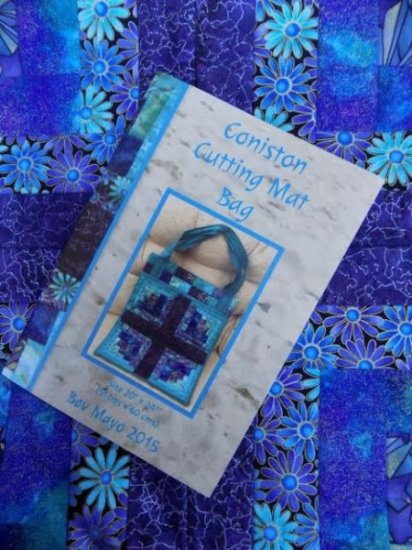
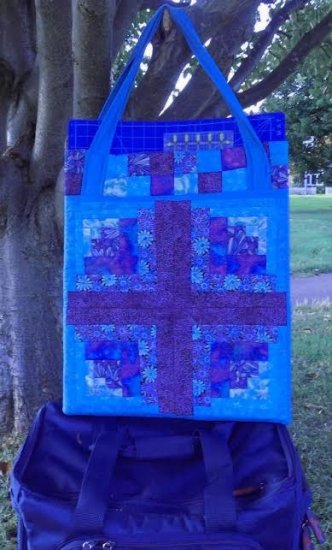
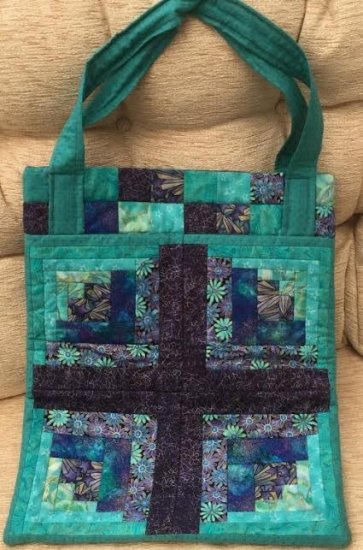
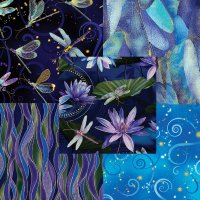
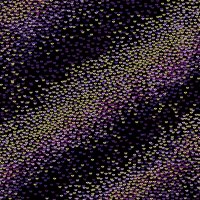
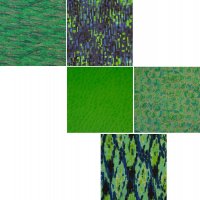
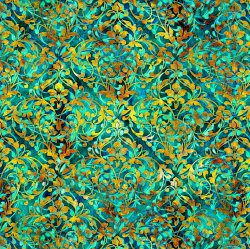
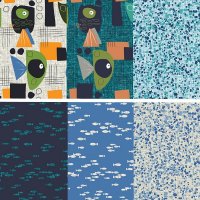

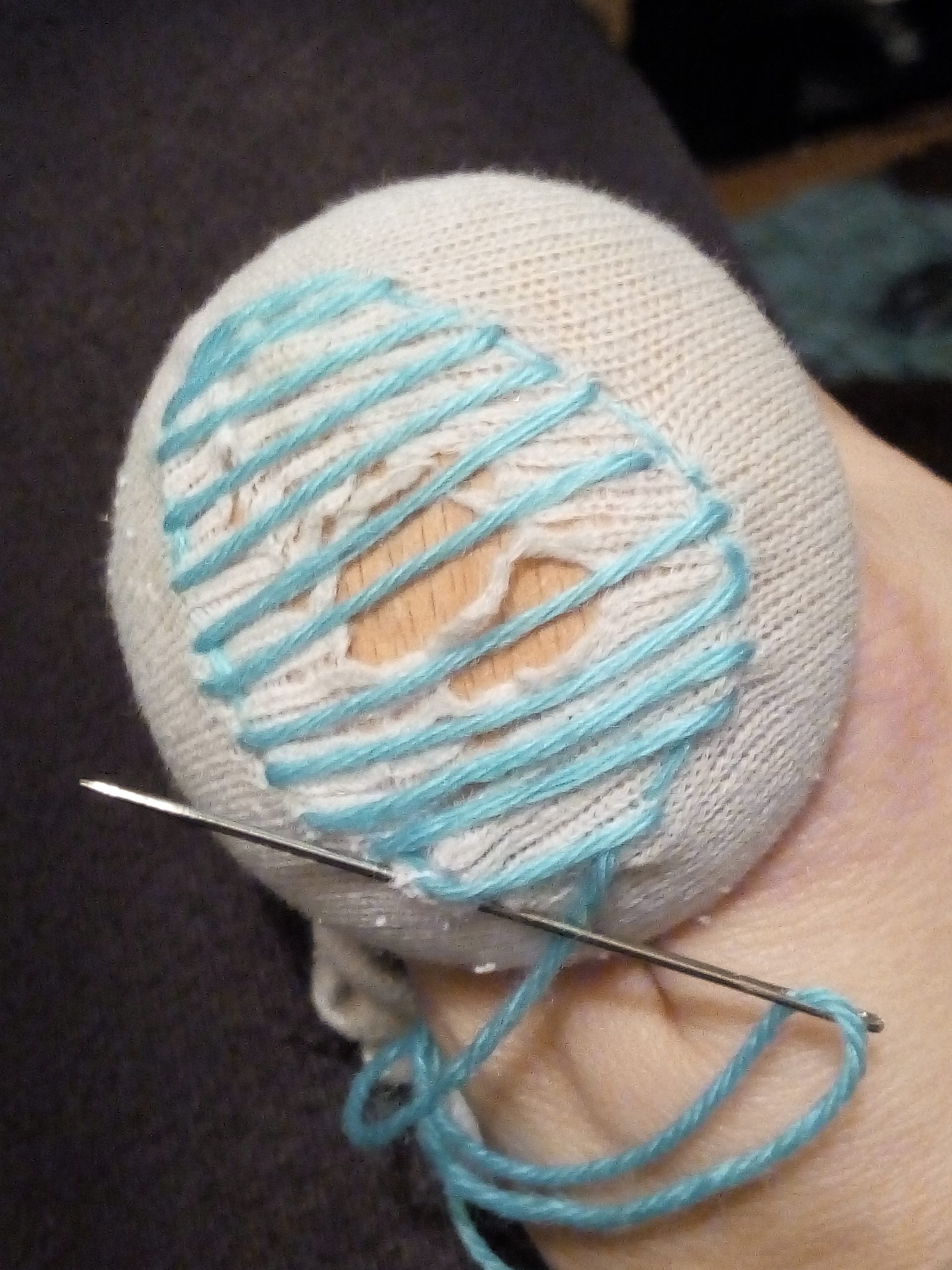
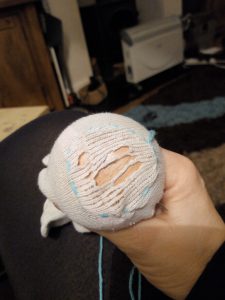
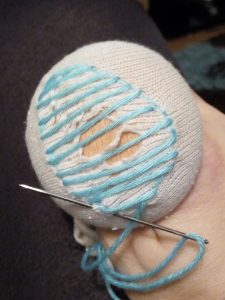
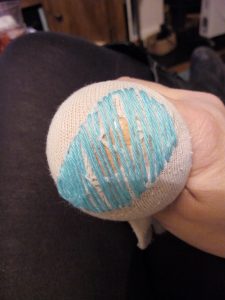
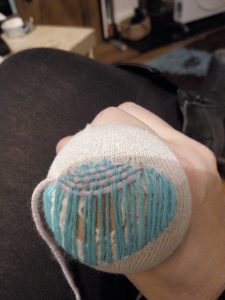
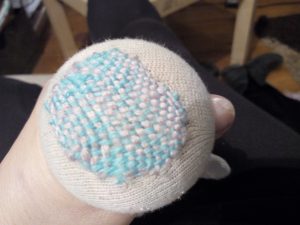
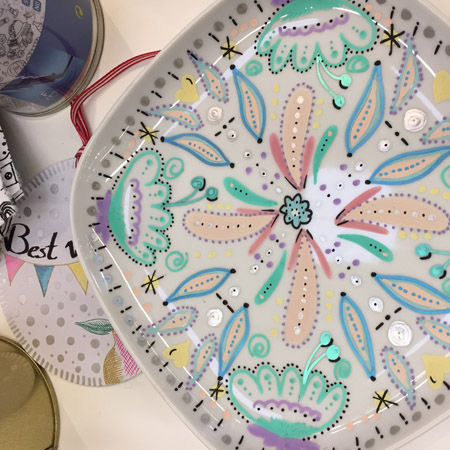

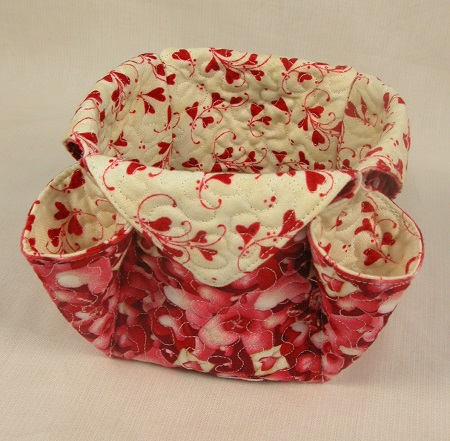
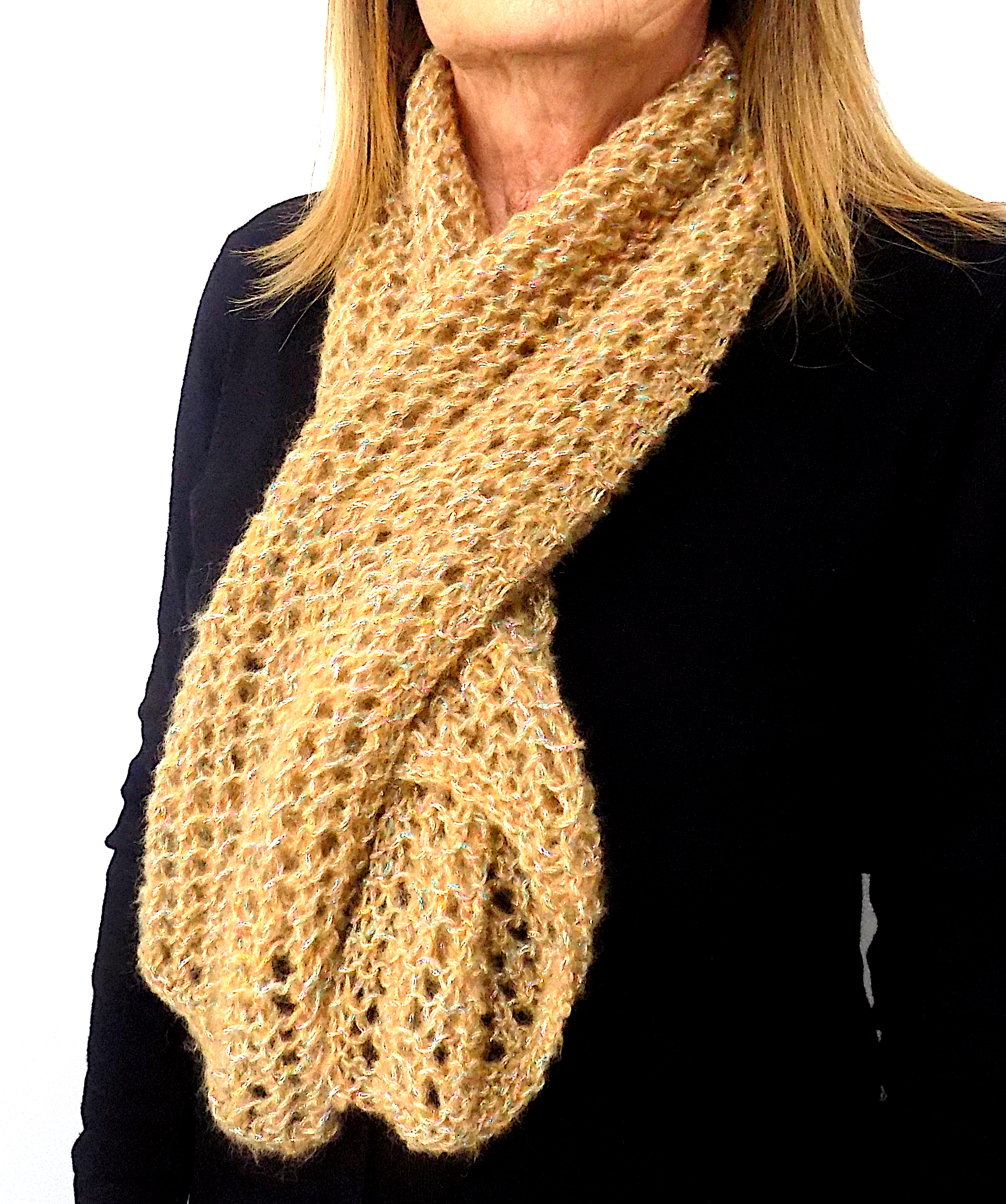
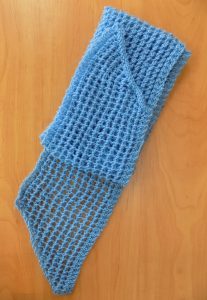 Once the new year starts, we all start to evaluate just how much fabric and yarn we have stashed around our house. This scarf is the ideal stash buster. Perfect for chilly spring mornings, it has pointed ends, and is nice and quick to knit. You can use any yarn and each scarf will be unique!
Once the new year starts, we all start to evaluate just how much fabric and yarn we have stashed around our house. This scarf is the ideal stash buster. Perfect for chilly spring mornings, it has pointed ends, and is nice and quick to knit. You can use any yarn and each scarf will be unique!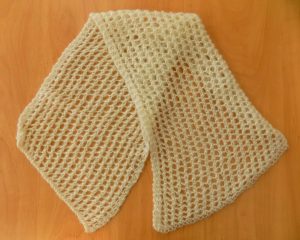 Pattern Row 1:
Pattern Row 1: